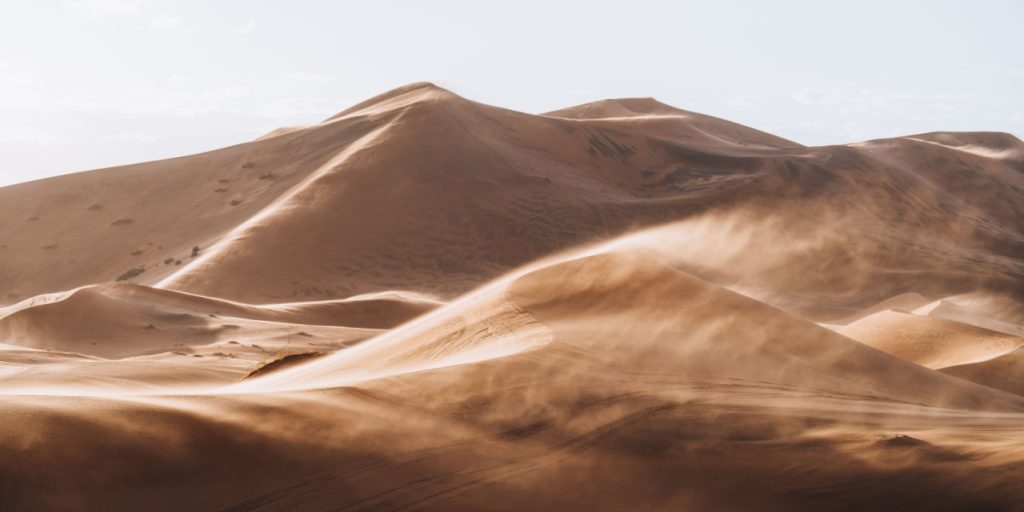In the world’s deserts, huge amounts of sand gather into star-shaped dunes, the largest of their kind. Now, a new comprehensive study finally sheds light on how these massive sand dunes are formed.
Others are reading now
Some of the world’s tallest sand dunes are located in the Sahara Desert. These dunes typically feature multiple ridges spreading out like the arms or tips of a star. Despite their prominence, the process of their formation has long puzzled scientists.
A recent investigation by a team of Welsh geographers into one of the Sahara’s highest dunes, Lala Lallia, sheds light on their origins. Standing approximately 100 meters (328 feet) tall in Morocco’s Erg Chebbi dune field, Lala Lallia’s age came as a surprise.
“The most surprising thing was how young it is,” said Geoff Duller, a researcher involved in the study, speaking to LiveScience.
“We expected a sand dune that is 100 m high to be quite old… several thousand years, maybe even tens of thousands. But it turned out that this dune was 900 years old.”
Also read
The Sand Dune Did Not Grow During Sahara’s Green Era
The researchers employed multiple methods to study the Lala Lallia dune.
A radar capable of penetrating soil layers allowed them to differentiate between the sizes of sand grains and the water content within various layers of the dune. In addition to radar, the team conducted excavations in parts of the star-shaped dune to analyze its sand layers more closely.
Their findings indicated that the sand at the base of Lala Lallia dates back to between 12,000 and 13,000 years ago. However, a hiatus of approximately 8,000 years followed, during which no new sand accumulated in the dune.
According to Duller, the beginning of the dune’s dormancy coincides with the end of the last ice age. At that time, the Sahara entered a more lush period, where plants emerged and bound the sand.
“The Sahara turned green,” Geoff Duller explains, referring to a time when the world’s largest desert more closely resembled a vast marshland. Primitive stone tools have previously been found near the large dune.
About 4,000 years ago, the Sahara’s humid era ended, returning the landscape to its dry, sandy state we know today.
Yet, the dune only started to accumulate new layers of sand about 900 years ago, according to the study. This is likely because the sand either blew across the dune or collected at a significant distance from Lala Lallia’s current location.
The new study also shows that the star-shaped sand dune has moved about half a meter each year.








